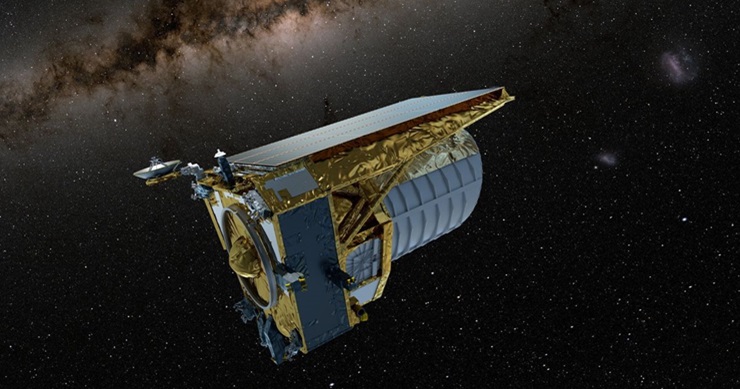The European Space Agency’s (ESA) Euclid space telescope, which was launched on July 1, has encountered some complications. The telescope’s Fine Guidance Sensor (FGS), which helps orient the telescope by locking onto known stars, failed to track faint stars. This is a significant issue as the FGS’s performance in real space conditions is difficult to predict from ground tests due to factors such as cosmic rays.
In response to this, the mission control extended the telescope’s commissioning phase to develop a software update addressing the system’s anomaly. According to Euclid’s operation manager, Micha Schmidt, initial tests following the update are promising. However, it is too early to declare success as more observations are needed.
Another issue arose when one of Euclid’s instruments started picking up strange streaks of light. The source of this was found to be the sun. Despite being located at the Sun-Earth Lagrange Point 2, where the sun is behind the telescope and it lies in Earth’s shadow, part of one of Euclid’s thrusters reflected a small amount of light that evaded the sunshield.
This reflected light appears in about 10 percent of the images captured by Euclid’s Visible light instrument (VIS). The impact of this issue on Euclid’s mission is yet to be determined.
Key Takeaways:
- The European Space Agency’s Euclid space telescope experienced issues with its guidance system failing to track faint stars, but a software update has seemingly corrected the problem.
- Another issue arose when one of Euclid’s instruments was picking up strange streaks of light, which was discovered to be a result of the sun’s light reflecting off a part of one of the telescope’s thrusters and evading the sunshield.
- The impact of these light streaks on the overall mission of the Euclid telescope remains uncertain, as the stray light appears in approximately 10 percent of the images captured by the telescope’s Visible light instrument.
“Euclid’s complications began when its guidance system failed to track faint stars. Euclid’s Fine Guidance Sensor (FGS) is an apparatus that helps orient the telescope. Engineers can exhaustively test the FGS before launch, but real space conditions are very difficult to simulate.”
More details: here


Leave a Reply